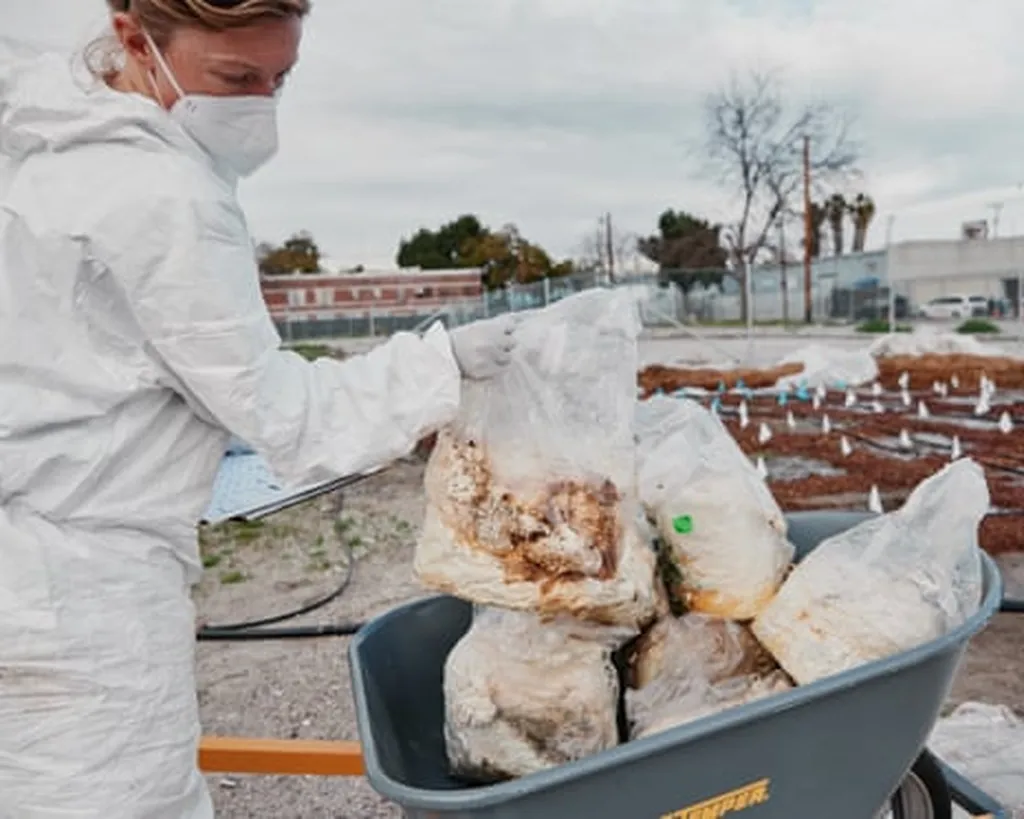In the heart of Iran, researchers are uncovering a natural solution to a growing agricultural crisis: heavy metal toxicity. Akram Rahbari, a dedicated scientist from the University of Mohaghegh Ardabili, has been exploring the potential of a symbiotic fungus, *Serendipita indica*, to combat cadmium (Cd) stress in Chinese cabbage. The findings, published in the journal ‘Plants’ (which translates to ‘Plants’ in English), offer a glimmer of hope for sustainable crop production in contaminated environments.
Cadmium, a heavy metal that persists in the environment and easily enters the food chain, poses a significant threat to agriculture and human health. Traditional remediation methods can be costly and environmentally damaging. However, Rahbari’s research suggests that beneficial microorganisms, like *S. indica*, could provide an effective and eco-friendly alternative.
In a controlled hydroponic experiment, Rahbari and his team exposed Chinese cabbage to varying concentrations of cadmium. They found that the heavy metal significantly reduced plant growth and increased membrane electrolyte leakage, while also triggering a boost in antioxidant enzyme activities and the accumulation of protective compounds like phenolics, flavonoids, proline, glycine betaine, and carbohydrates.
But here’s where *S. indica* steps in. Plants treated with this root-colonizing fungus showed improved tolerance to cadmium stress. “The fungus seems to enhance the plant’s resilience, helping it to better cope with the heavy metal’s toxic effects,” Rahbari explains. This symbiotic relationship could be a game-changer for agriculture, particularly in regions where soil contamination is a pressing issue.
The implications of this research extend beyond the farm. As the world grapples with the challenges of climate change and food security, innovative solutions like *S. indica* could play a pivotal role in shaping the future of sustainable agriculture. Moreover, the energy sector could also benefit from this research, as heavy metal contamination can impact bioenergy crops and the overall efficiency of biomass conversion processes.
Rahbari’s work is a testament to the power of nature-based solutions. By harnessing the potential of beneficial microorganisms, we can mitigate the impacts of heavy metal toxicity and pave the way for a more sustainable future. As Rahbari puts it, “This is just the beginning. There’s so much more to explore in the realm of plant-microbe interactions and their applications in agriculture.”
The research published in ‘Plants’ opens up new avenues for exploration and could inspire further studies into the use of endophytic fungi for heavy metal remediation. As we strive for a more sustainable future, the symbiotic relationship between plants and fungi like *S. indica* could be a key player in the fight against heavy metal toxicity and the promotion of sustainable crop production.

